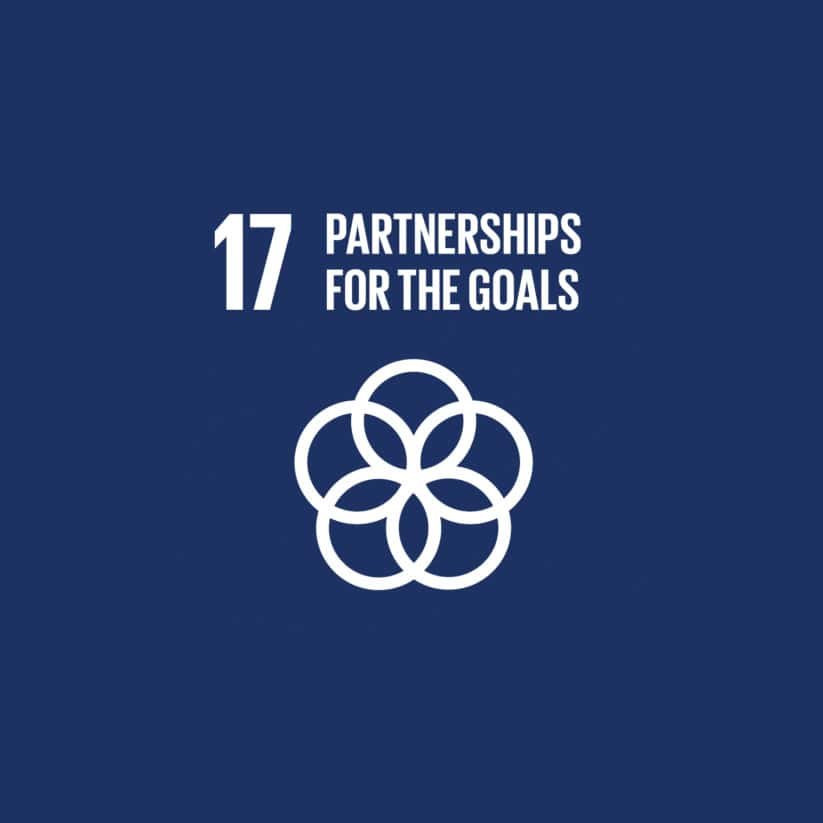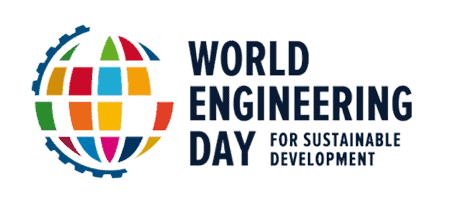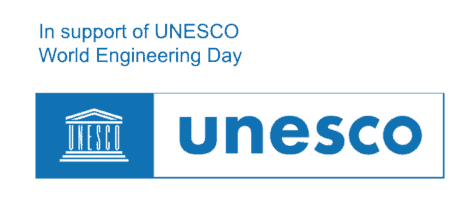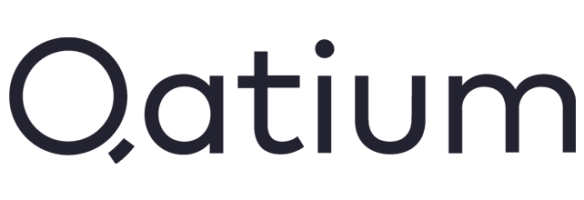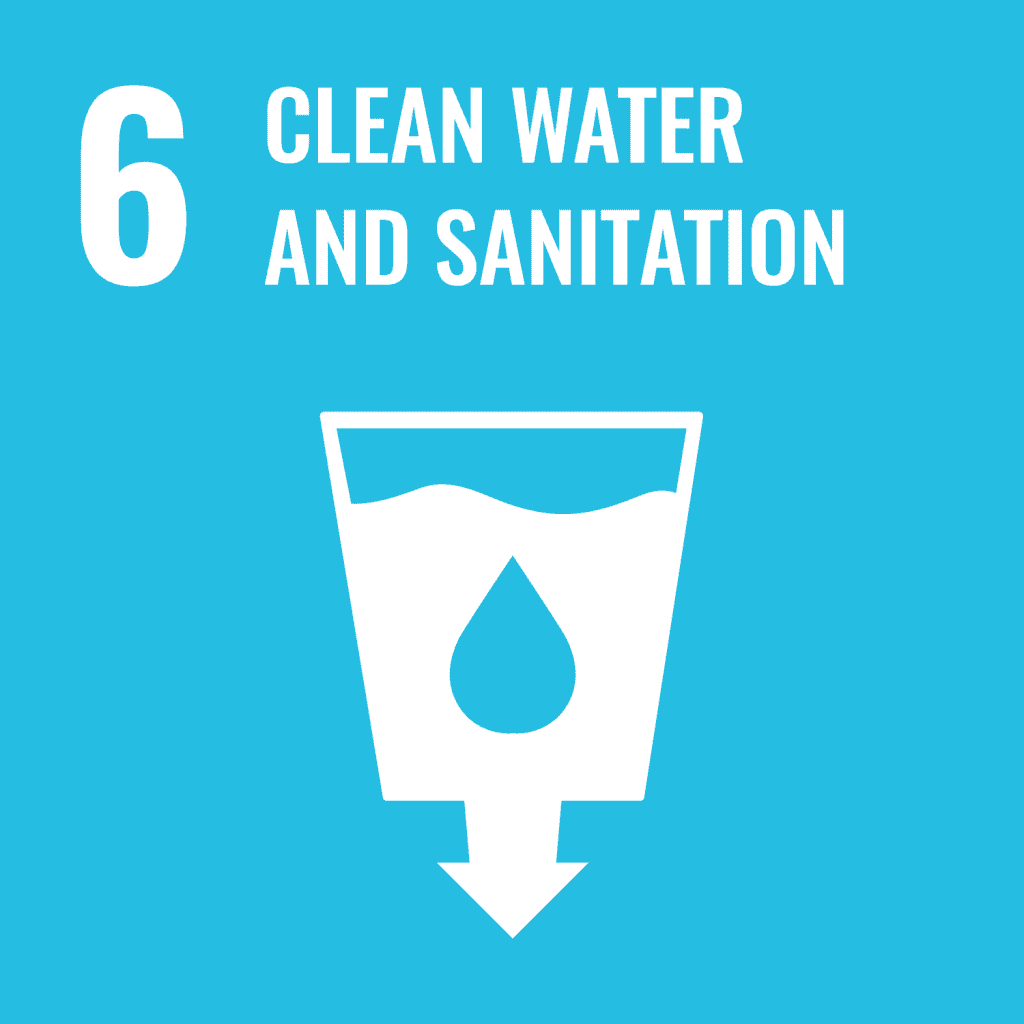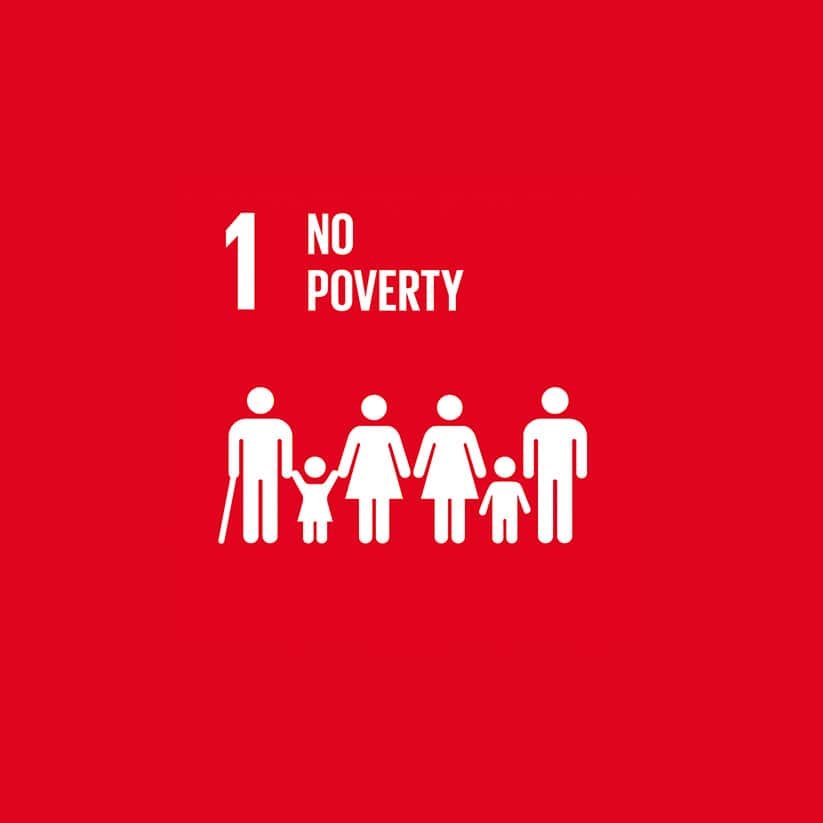
A digital water world
Democratizing water
Qatium intends to bring the water industry into the digital age. Set up in Spain in 2019, the company has designed the software that lets water utilities operators visualise their networks for a better understanding of leaks, wastage, and capacity. The idea is to transform operations and planning to ultimately tackle water scarcity.
The technology is not just for the biggest companies in the richest countries, either. A central part of the Qatium vision is to make digital water management available to everyone, regardless of their resources.
“Every utility, big or small, should have the tools to serve their communities just as well as the largest cities do. Technology can make that possible – we’re giving utilities of all sizes a chance to level the playing field,” says Roberto Tórtola Contreras, Founder of Qatium.
Fresh thinking
To make water management easier, Qatium says we need to break down the barriers that are obstructing change in the sector: for example, the expensive technology that is non-scalable and sometimes difficult to understand and use. Knowledge is often siloed and fragmented, while operators sometimes lack the resources to optimise system performance. This lack of insight into water networks leads to wastage, shortages, and potential contamination of the fresh water supply.
The company’s visualisation of water networks using a digital twin enables faster decision-making. For example, Qatium’s virtual models have helped monitor and analyse water network behavior for Anglian Water in the UK and Leeton Shire in Australia among others, with real-time accuracy. Whether managing a small-town network or overseeing an extensive multi-network system, the user-friendly platform has customisable options that benefit all needs.
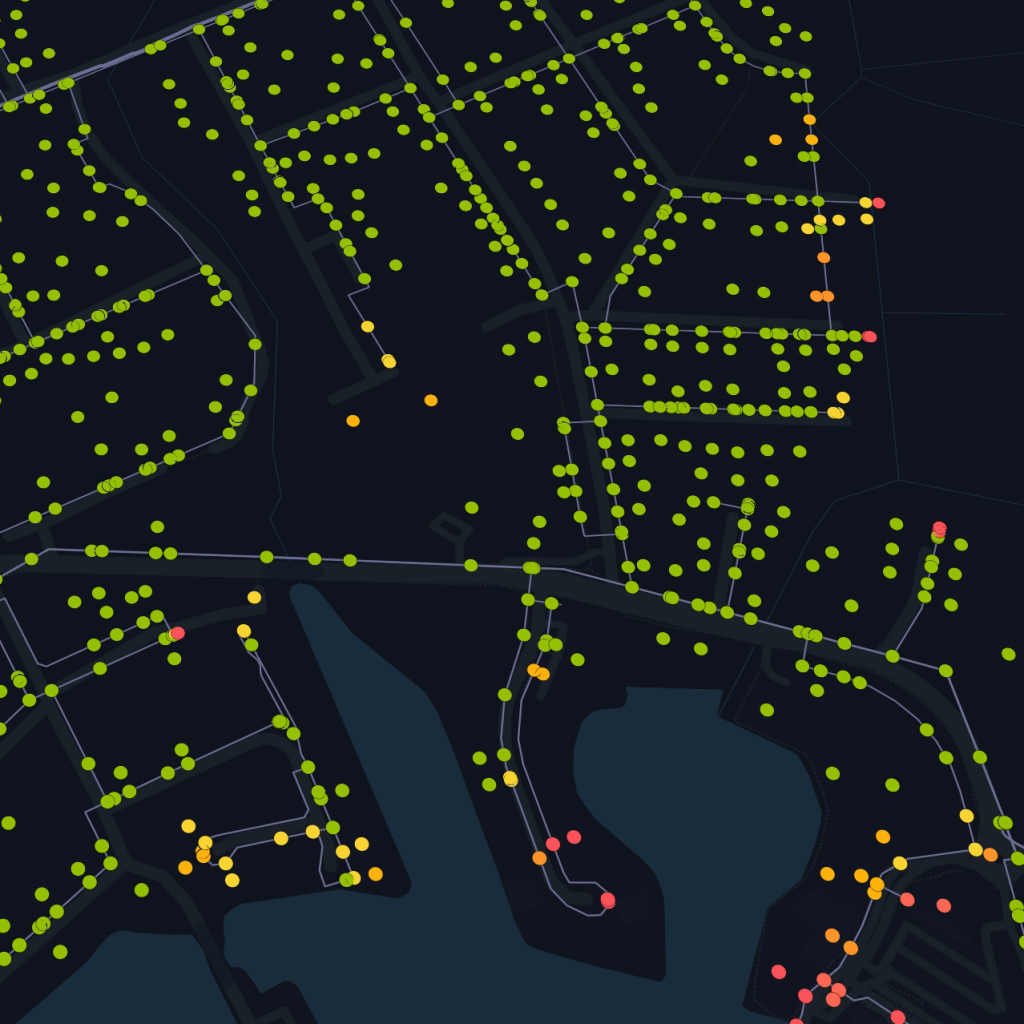
Where in the world?
Qatium has its headquarters in Castellón, Valencia, and operates as a remote company with employees all over the world and clients on every continent, serving populations of more than seven million to just a few thousand.
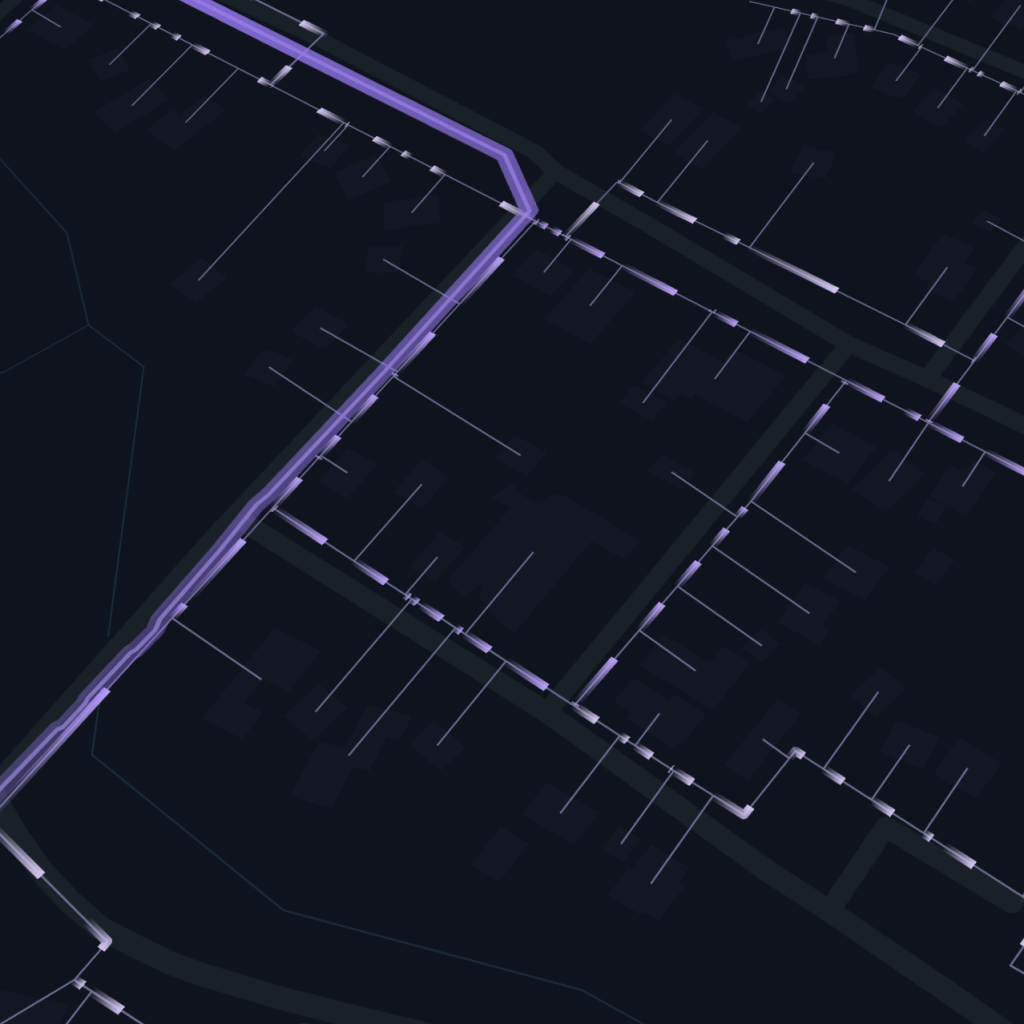
Open collaboration
Qatium is built on an open, collaborative foundation. Its Software Development Kit (SDK) provides the tools for software developers, hydraulic engineers, utilities, consultants, and researchers to adapt and personalise the platform.
“Someone could pick up our SDK and completely change the way Qatium is used and solve problems that we never originally considered. We welcome that possibility,” says Tórtola.
Qatium has simultaneously launched the Marketplace, an online hub where companies or individuals can share or sell tools developed using the SDK.
What does a sustainable future look like?
By challenging the status quo, democratizing access to information, and combining engineering and technology, Qatium hopes to tackle “some of the biggest and most interesting challenges in water”. The outcome is to ensure availability and sustainable management of water and sanitation for all, in line with SDG 6.
“Working at the crossroads of engineering and tech means we can solve problems at a global scale, not just one network at a time,” says Tórtola.
More SDG projects

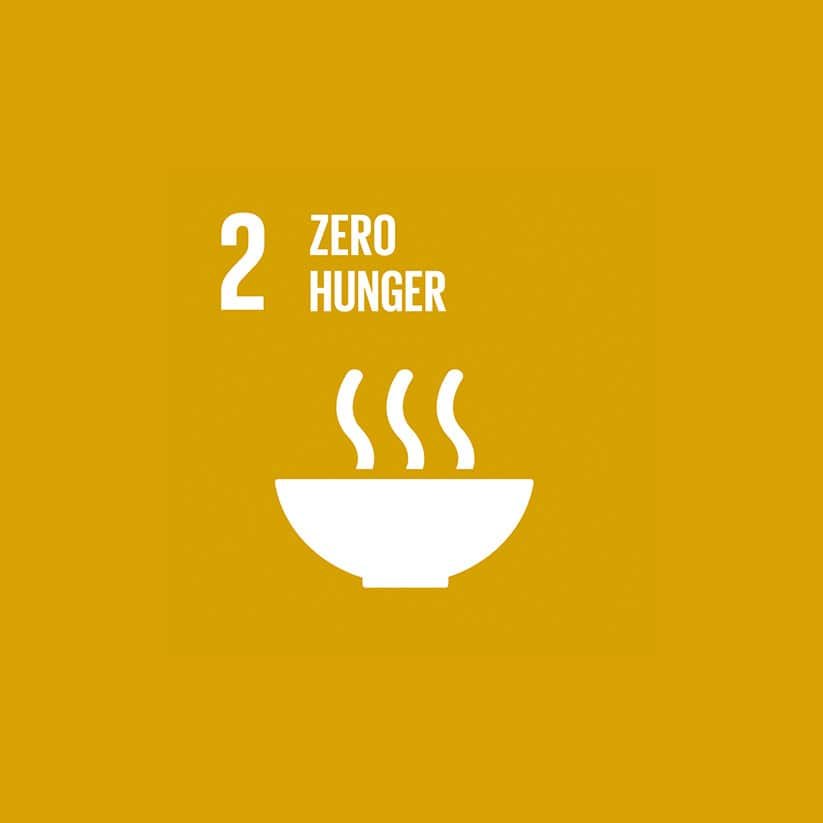
SDG 2: Zero Hunger
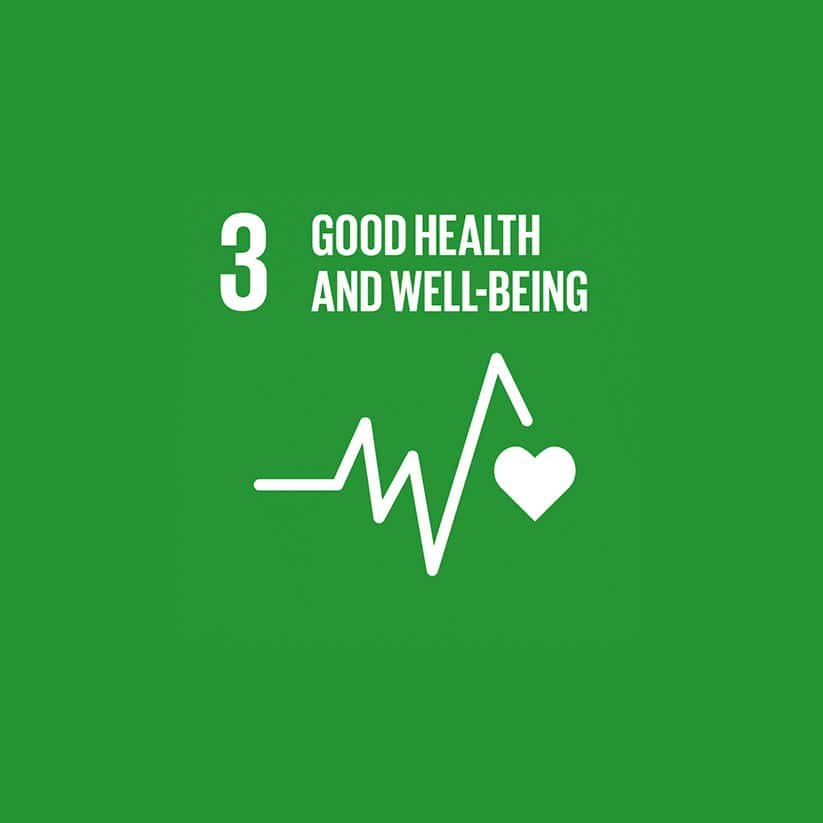
SDG 3: Good Health and Well-being
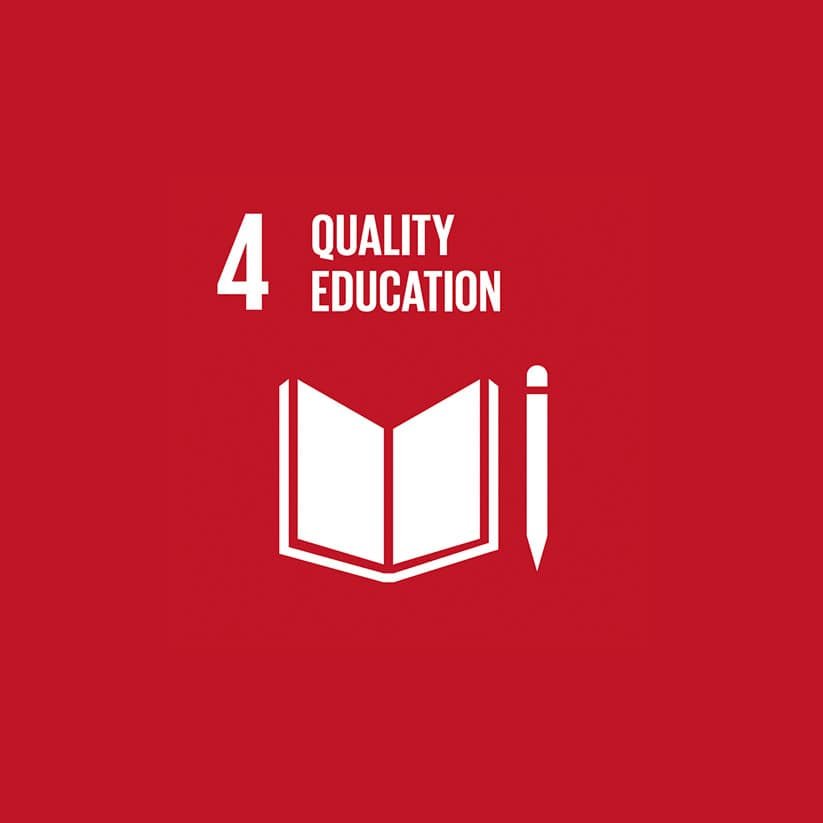
SDG 4: Quality Education
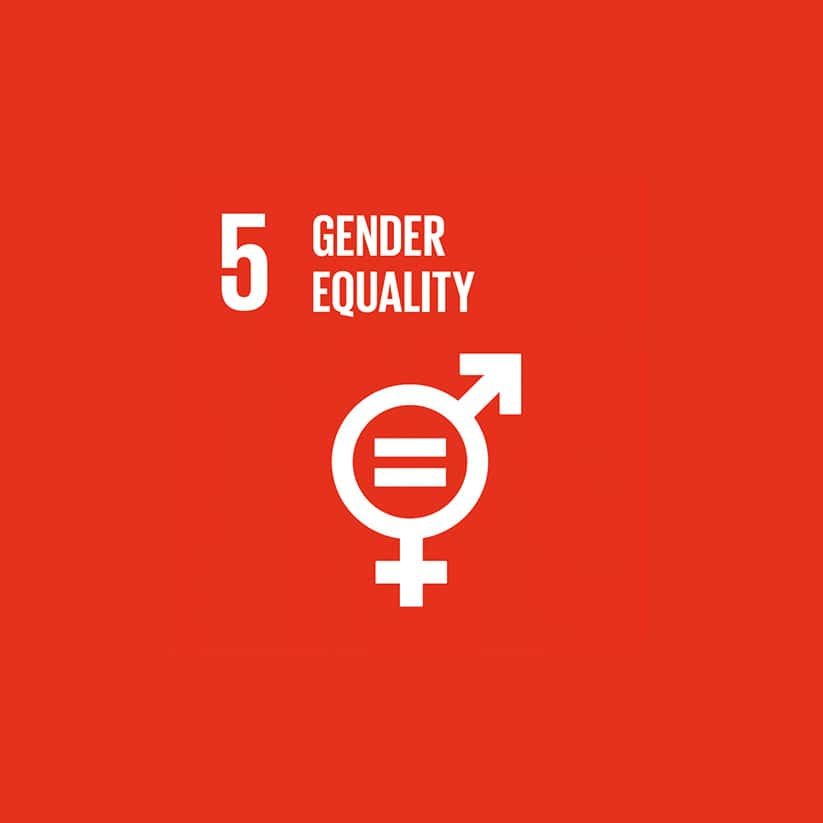
SDG 5: Gender Equality
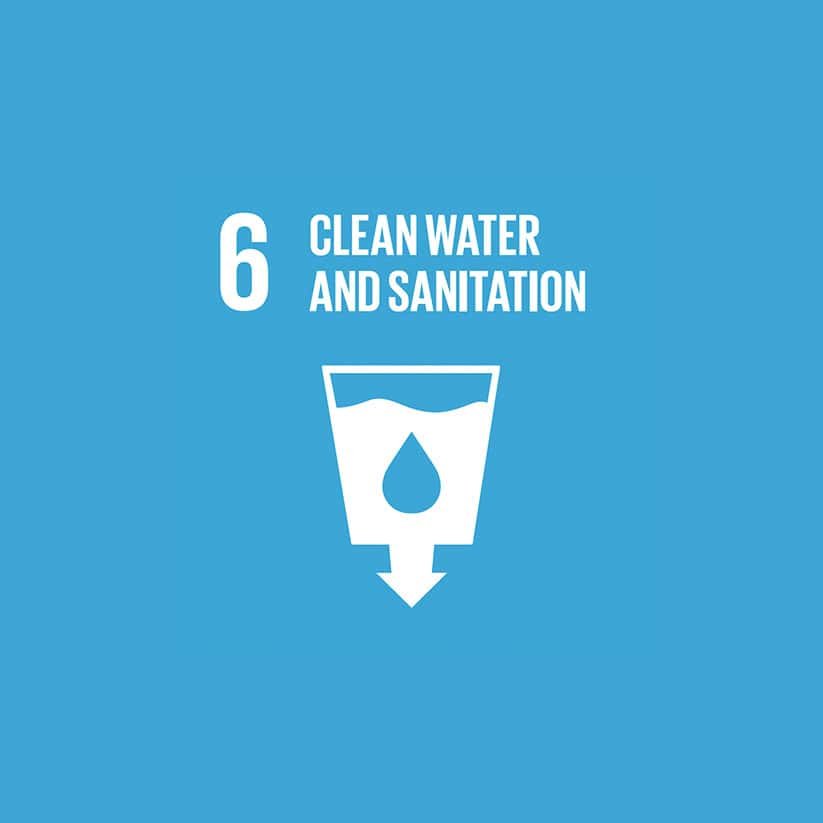
SDG 6: Clean Water and Sanitation
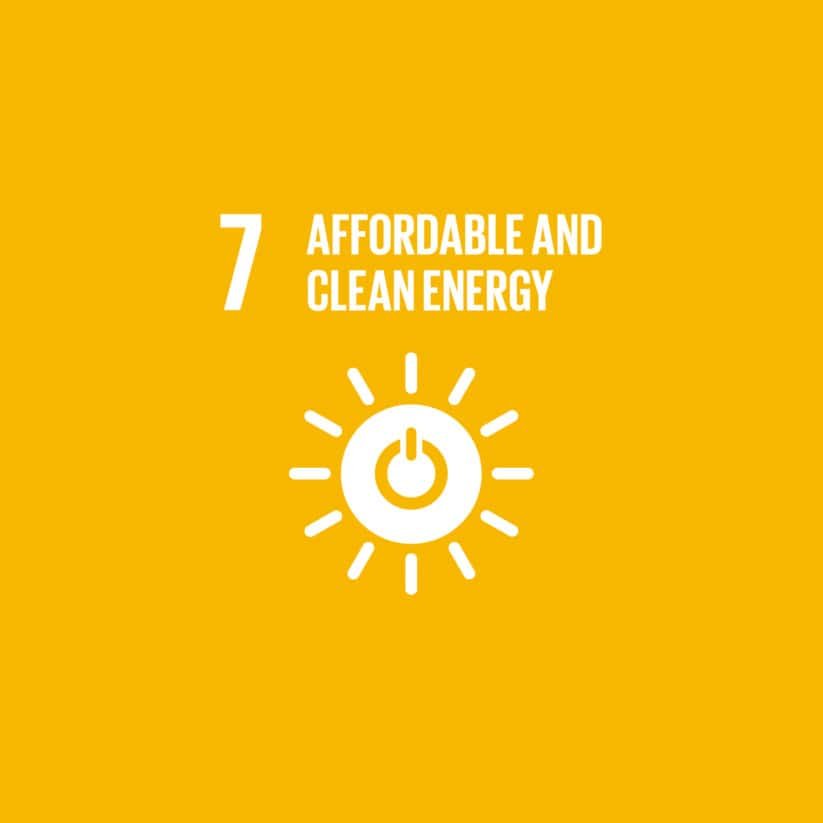
SDG 7: Affordable and Clean Energy
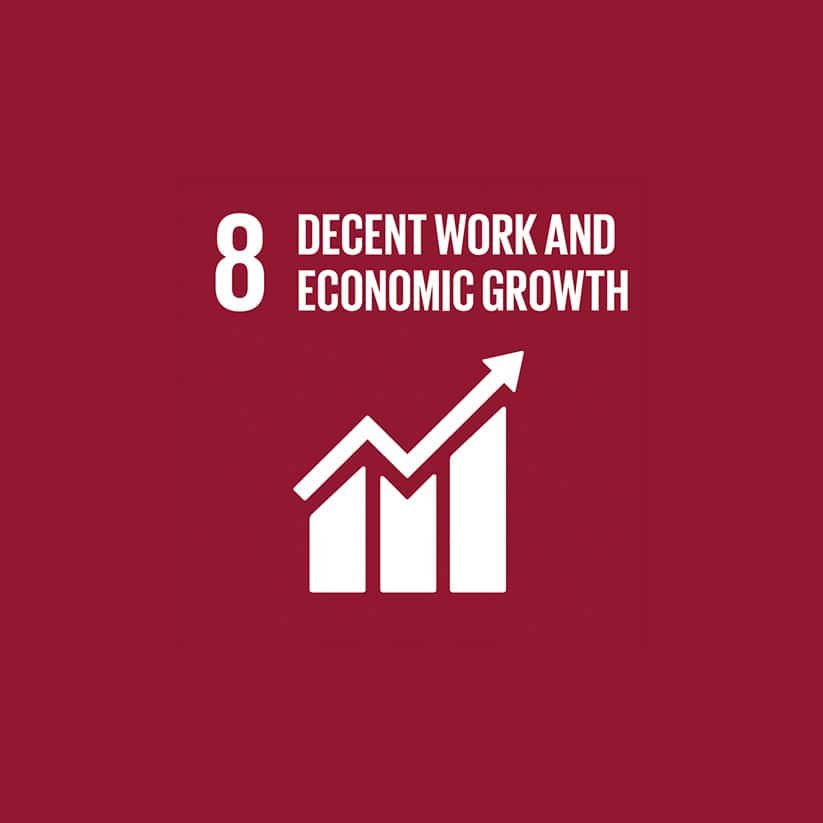
SDG 8: Decent Work and Economic Growth
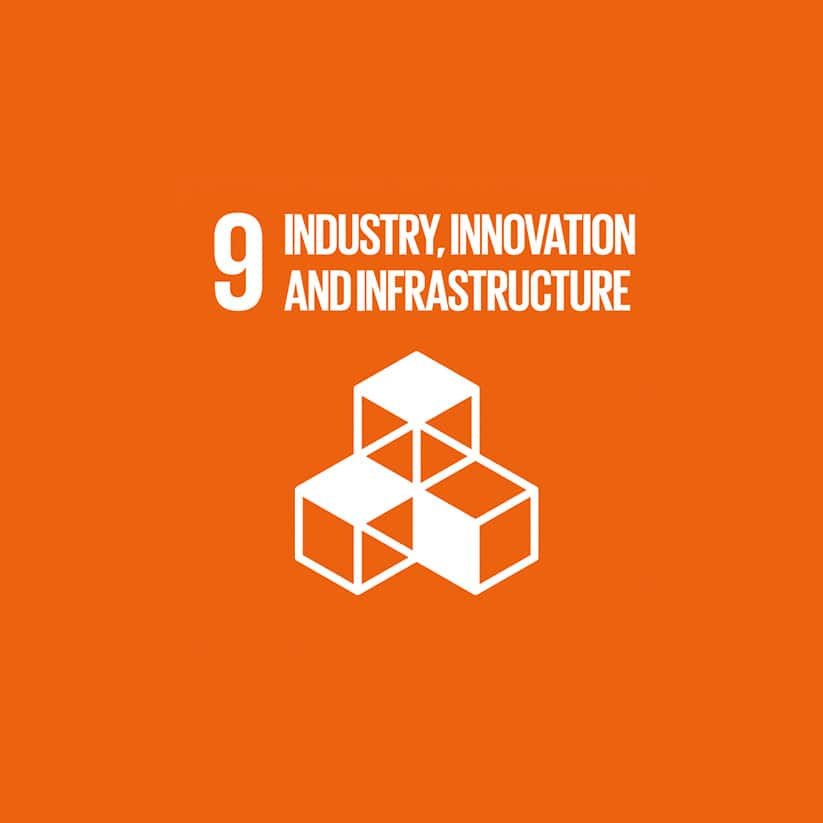
SDG 9: Industry, Innovation, and Infrastructure
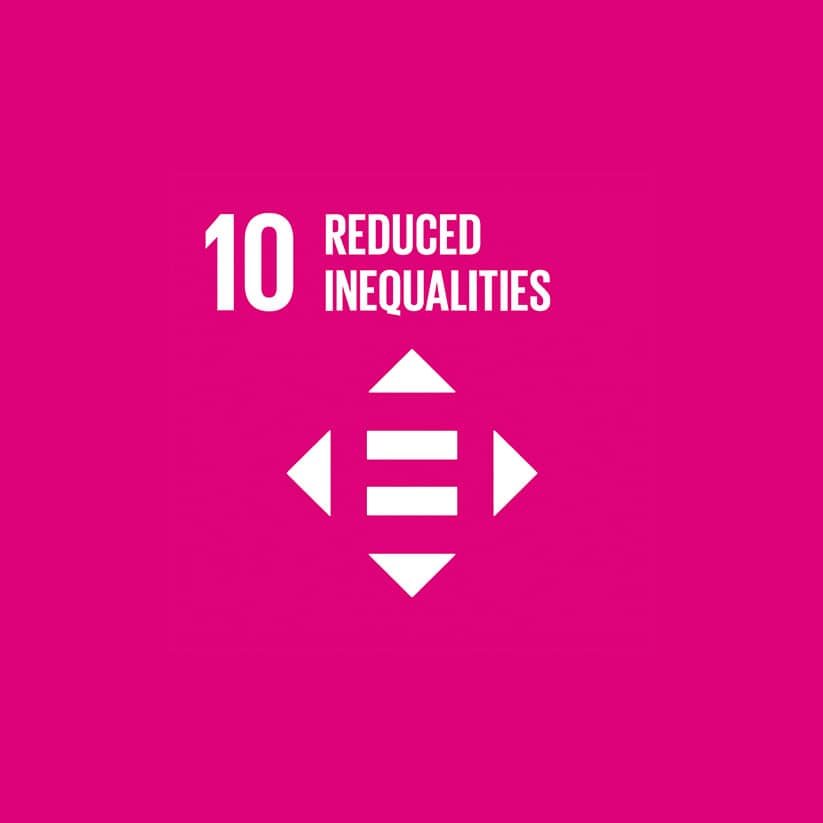
SDG 10: Reduced Inequalities
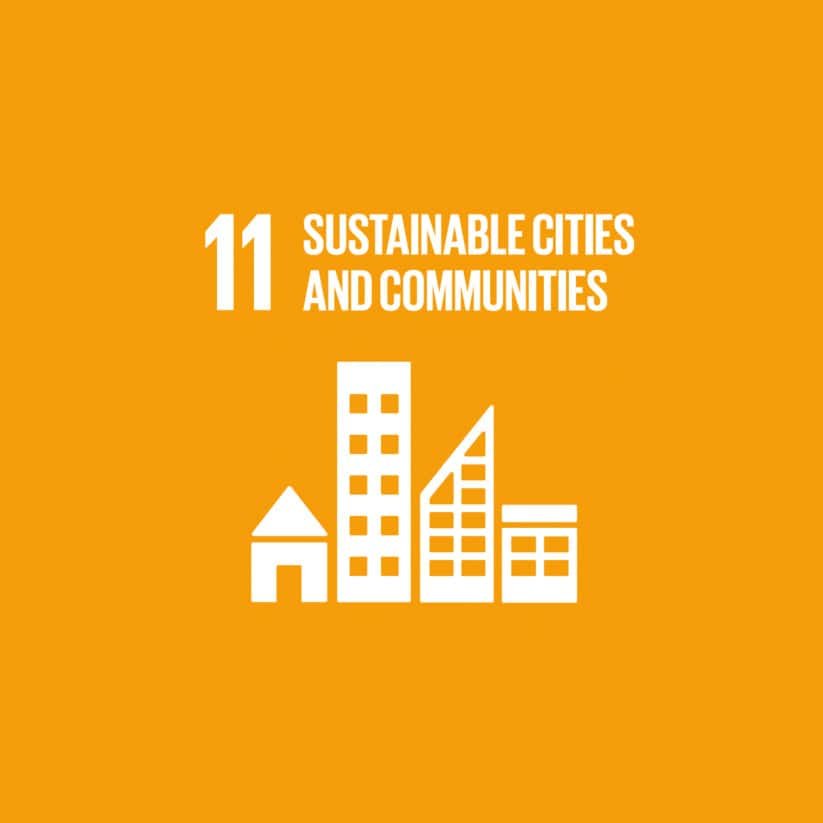
SDG 11: Sustainable Cities and Communities
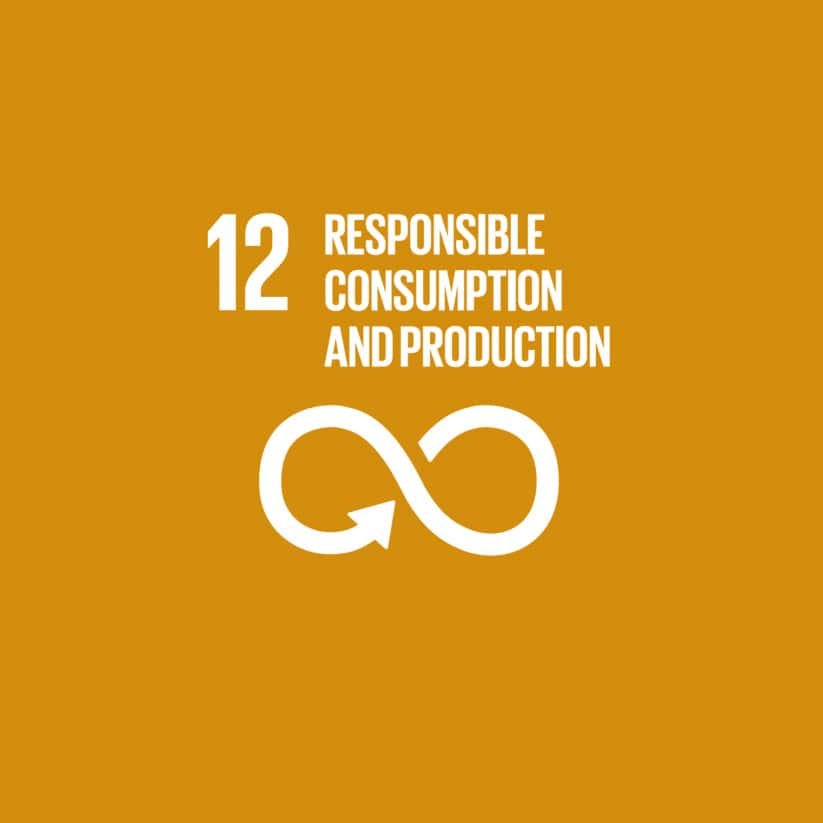
SDG 12: Responsible Consumption and Production
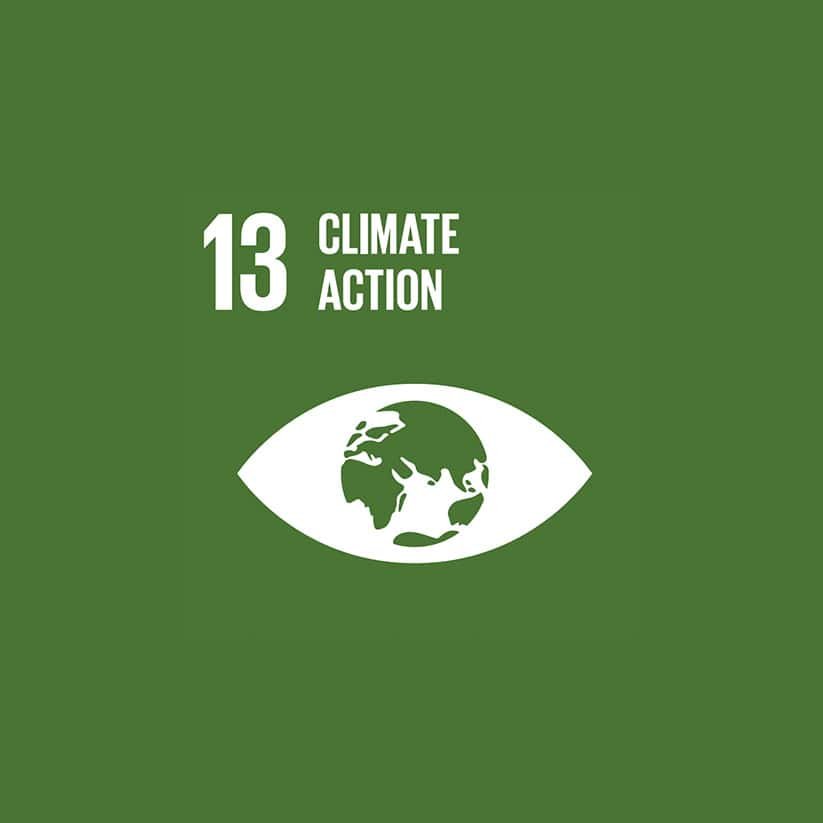
SDG 13: Climate Action
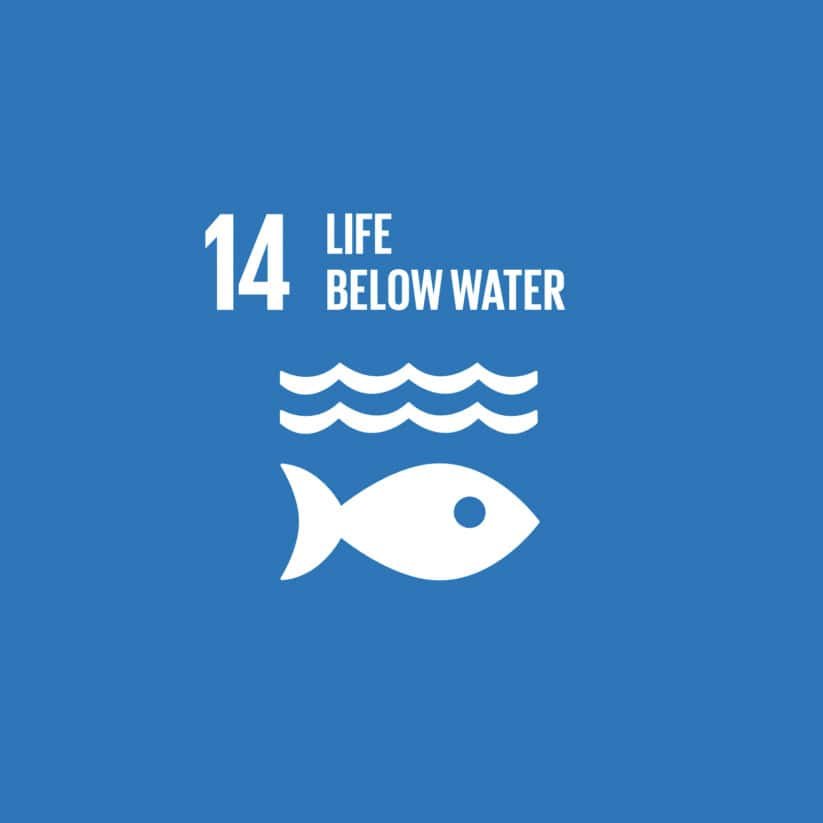
SDG 14: Life Below Water
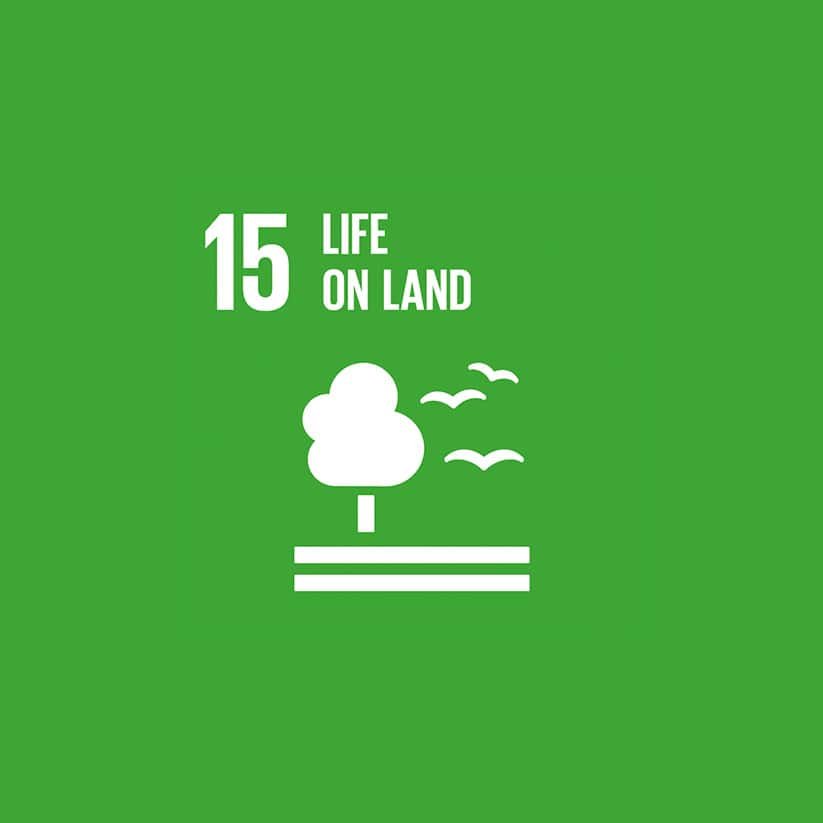
SDG 15: Life on Land
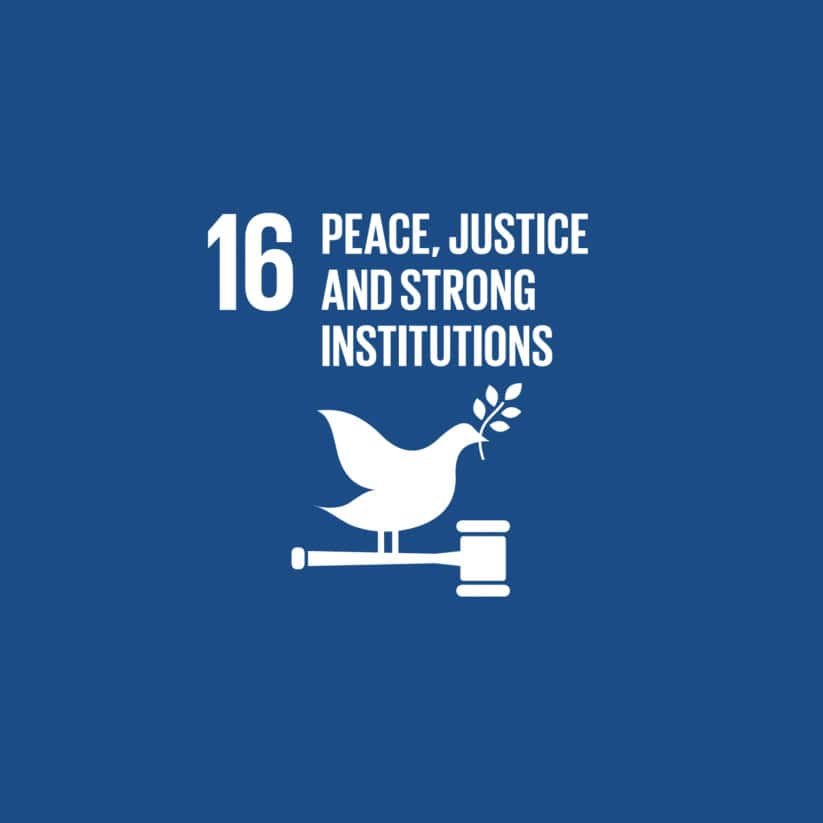
SDG 16: Peace, Justice, and Strong Institutions
